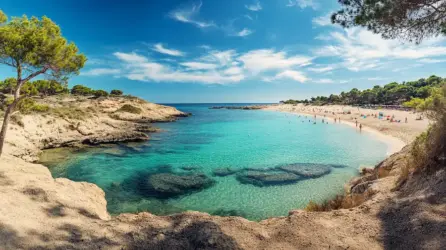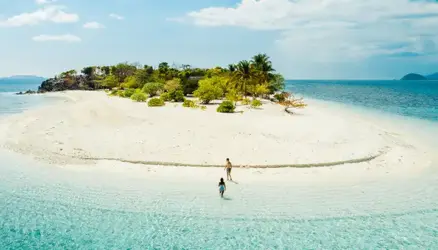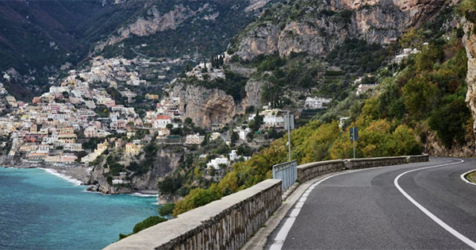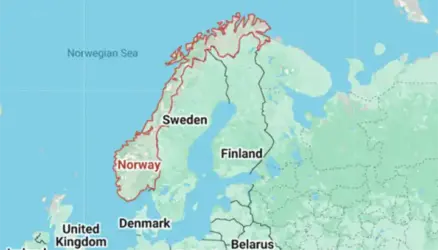Azores Islands Unveiled: Your Ultimate Travel Guide to Paradise Found

The Azores Islands are a remarkable Portuguese island archipelago. The islands are located in the Atlantic, less than five hours flying time from the East Coast of the United States and two hours flying time from Lisbon.
The tropical conditions seen on the Azores may surprise you. On the island of So Miguel, you can find small and very flavorful pineapples, as well as tea plantations. Flowers are abundant, especially in the spring.
The volcanic origins of the islands left obvious effects on the scenery and even in the food. The Azores’ distinctive food, a stew called Cozido, is prepared by placing the pot in a hole in the ground near the famous caldeiras of Furnas, a village located between Villa Franca and Nordeste on the map.
How to Get to the Azores Islands
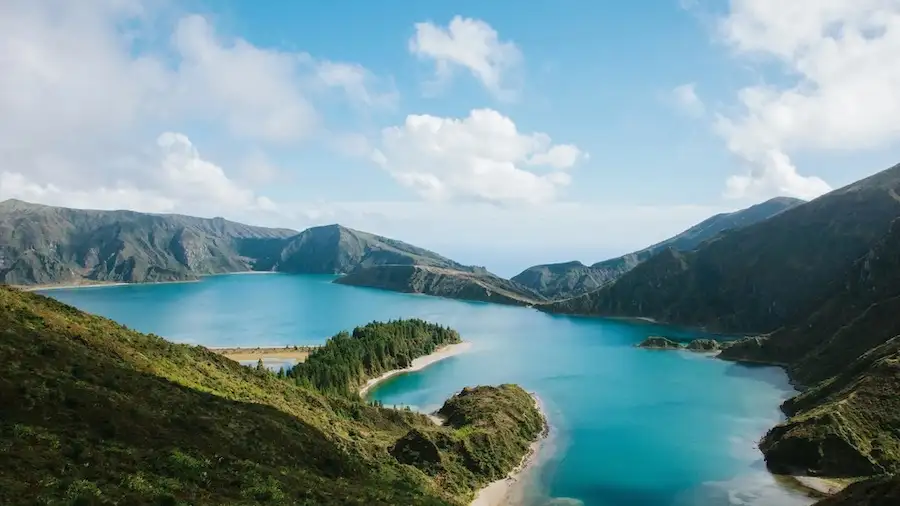
Azores Airlines serves the nine Azores Islands. International aircraft come in Ponta Delgada, the main settlement on the Azores’ largest island, So Miguel or San Miguel. Azores Airlines travels to the Azores from Boston, Oakland, Toronto, Montreal, Porto, Lisbon, Frankfurt, and Las Palmas during the high season. If you are flying from Lisbon to the Azores, there are direct flights to Horta, Terceira, and Santa Maria, as well as Ponta Delgada. Check Azores Airlines for the most up-to-date information during the off-season, as these departures change regularly.
How to Get Around the Azores Islands
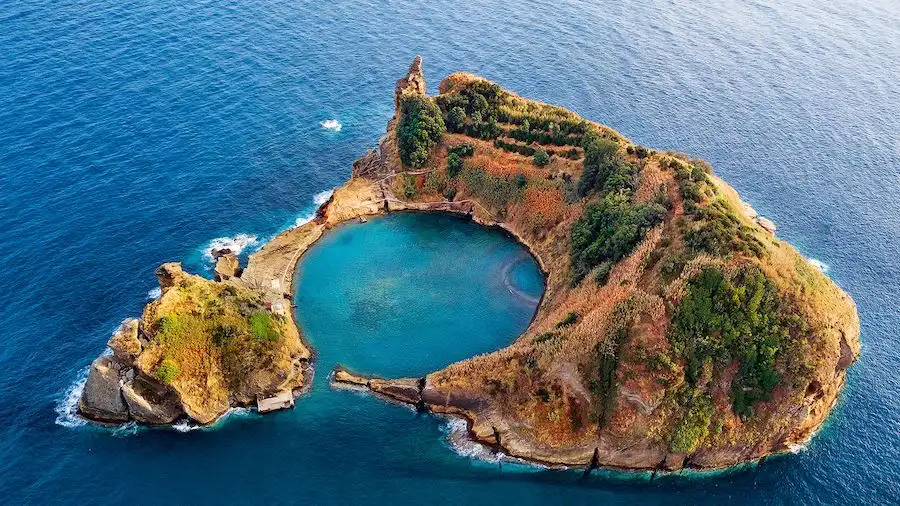
There are flights between the islands during the high season. Ferry service can be patchy, and many boats only operate during the summer season.
If you want to visit two islands from the United States, arrange your plane reservations at the same time. In other words, the thrifty will choose a Boston-Ponta Delgada-Terceira ticket over separate Boston-Ponta Delgada-Terceira round trips.
Accommodation
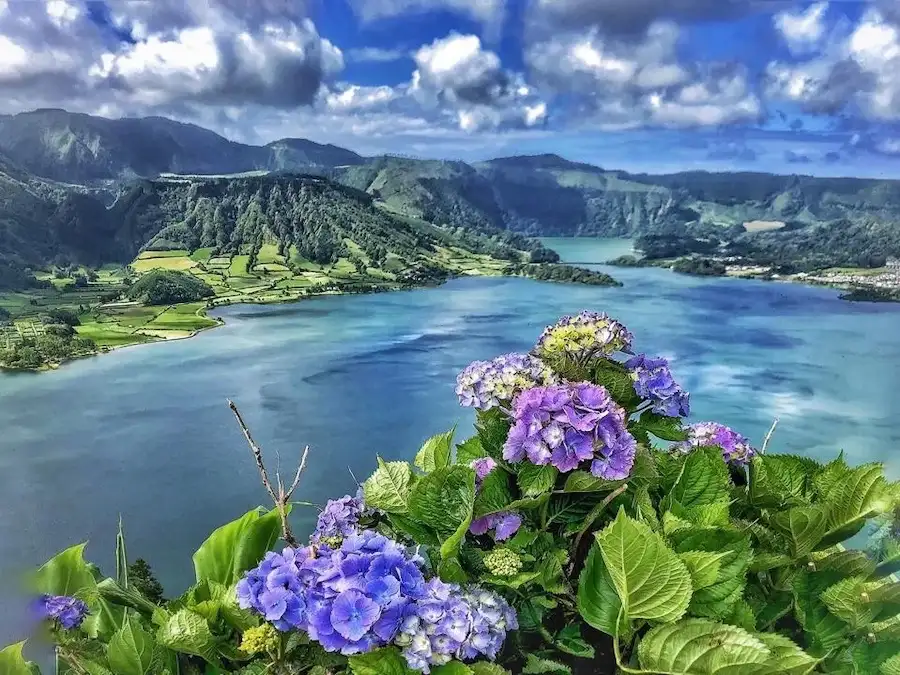
Major cities, such as Ponta Delgada, where you are likely to land in the Azores, have a range of hotels, but getting out in the Azores’ rural spaces is the main lure. Within the Rural Tourism program, there are numerous alternatives. If you want to travel rural, you could check for lodging at Rural Tourism in Portugal.
While the Azores’ resort hotels offer good value for money when compared to other European destinations, numerous rural accommodations—restored farmhouses and manor houses—could be your first choice for Azores lodging. Most provide a genuine sense of the genteel life, with exquisite meals (if desired) and a leisurely lifestyle. The proprietors are frequently keen to ensure that you get the most out of your vacation. Renting an isolated cottage with a view of the sea is the most private option for romantics.
Best time to visit
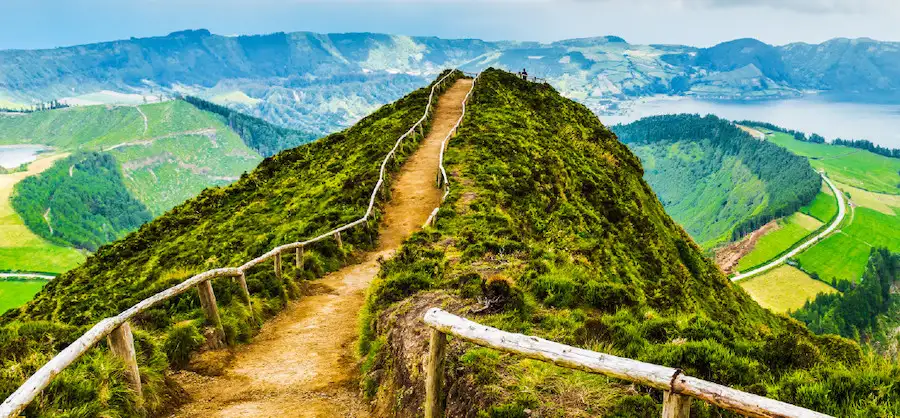
The Azores’ subtropical climate makes them excellent for visiting during the off or shoulder seasons. It’s also great for people who wish to holiday in the summer but don’t want extreme temperatures. Visit in the spring for the blooms.
The Azores are flooded with blooms in the spring, so visiting in May may be excellent. Ferries begin operating in earnest in June, so that may be an option for you. The peak season in the Azores is from April to September. You might want to avoid the rainy season, which lasts from November to March. The gulf stream keeps the water quite warm all year, and Nordic people like visiting the Azores to swim in the winter. Summer is the best season for whale watching.
What to Expect Not to Find in the Azores
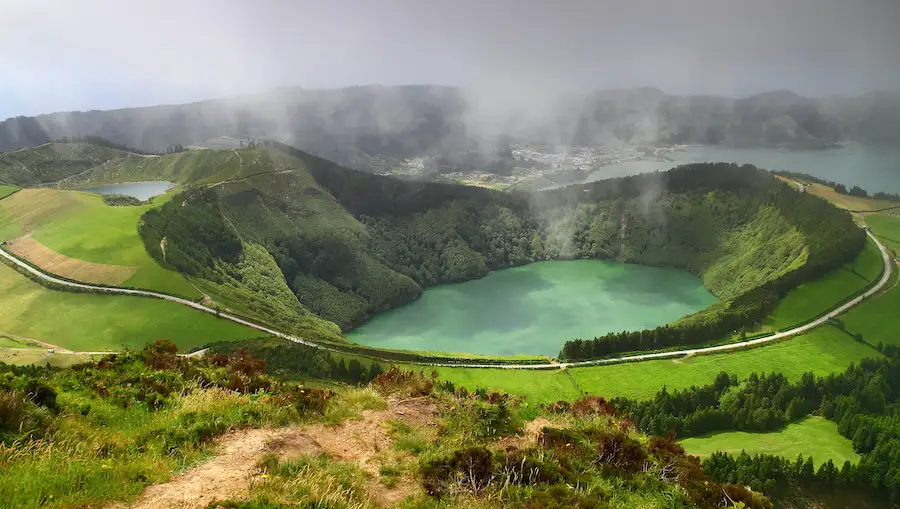
It may surprise you to learn that beaches aren’t the main draw in the Azores. That’s not to say there aren’t sandy sections that draw bathers, but we’re not talking about Hawaii here. Nonetheless, swimmers (and divers) can have a great time in the Azores; the water is warmed by the gulf stream, and there are numerous possibilities to swim in “natural swimming pools” formed by the collapse of small volcanic craters.
And there aren’t many backpackers in the Azores.
What You Might Discover on the Azores
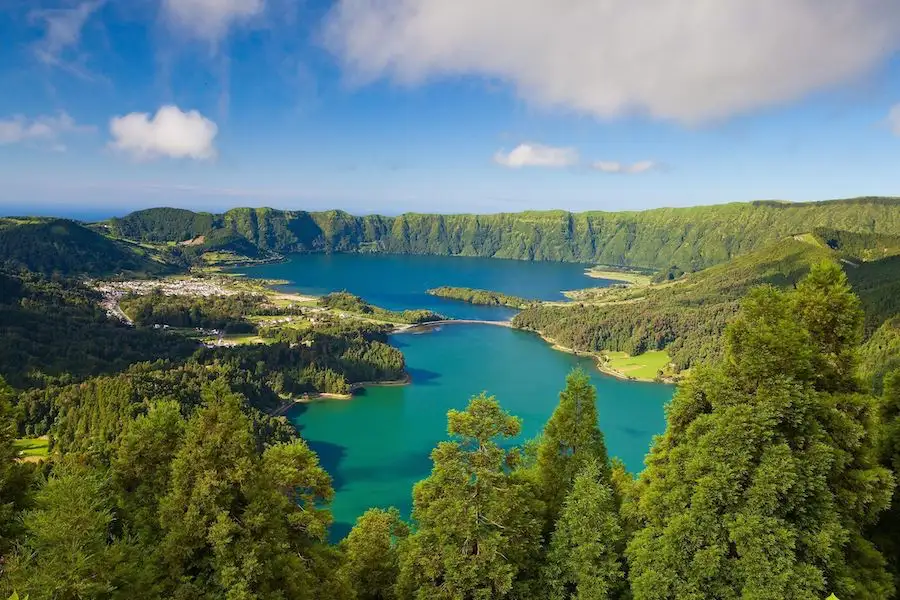
The Azores were once a major source of oranges for the mainland. Tea and pineapples were added after a disease wiped out the crop. On the island of San Miguel, you can now explore two tea estates with tasting rooms. A pineapple plantation can also be visited. Pineapple has become a staple of Azorean cuisine; most people take a huge slice after dinner, but it’s also served as an appetizer with tiny, grilled blood sausage. Cows, milk, and cheese are also well-known.






